The most important information for East Africa
What you need to know in 2025
Whether you’re still in the dreaming stage or you’ve already taken the leap and booked your trip, you’re in the right place because I’m going to share with you the most important East Africa travel tips you need to know before setting off.
To enjoy a safe and smooth trip, it’s essential to arm yourself with the right information. In this guide, we’ll cover the most important things you need to know to make the most of your East African trip.
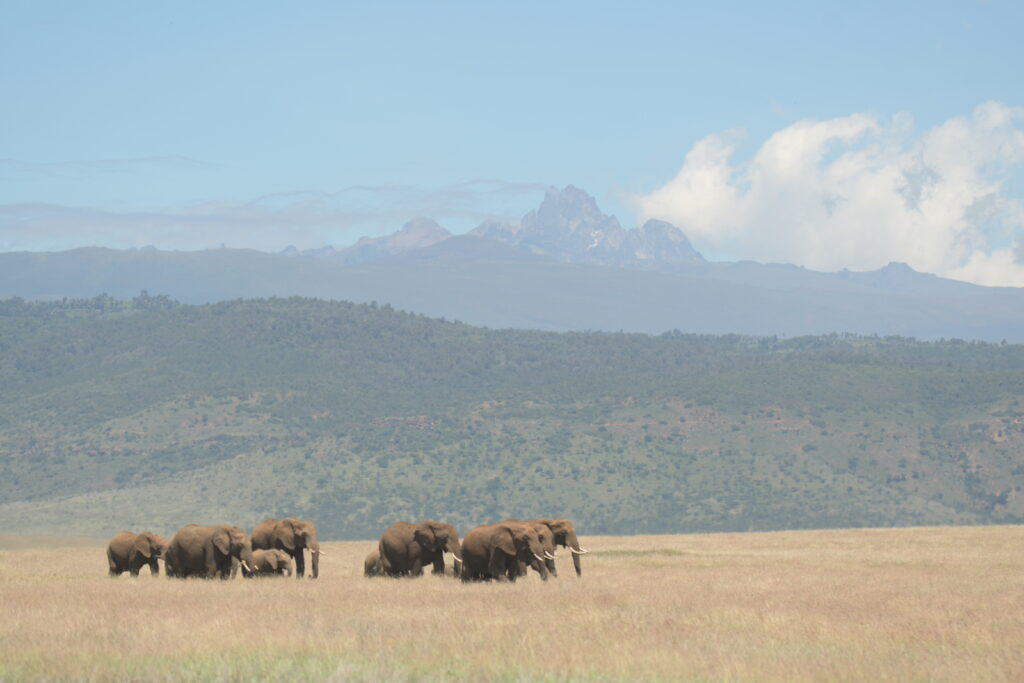
General Information
Language: Swahili and English
Sunrise and Sunset: 6:30 am – 6:30/6:45pm
Currency: Tanzania – Tanzanian shilling, Kenya: Kenyan shilling, US dollar is generally accepted especially within the tousim industry, make sure notes are not torn or marked and are from 2006 or later.
Food: The ‘national dish’ is Ugali which is maize flour ground and cooked into a stiff porrage like substance, served with either meet (goat, beef, chicken or fish) or beans and spinach. Nyama choma is also a favourite which is BBQed meat. There is plenty of fresh fruit and vegetables, including coconut, mango, bananas etc
Water: it is not safe to drink the tap water, buy bottled water for drinking and brushing your teeth
Money: Make sure you alert your bank that you are travelling, there are ATM’s that accept both Mastercard and Visa available in big towns but not generally in the villages, be sure to withdraw the cash in the big towns (Arusha, Dar es Salaam, Stone Town, Nairobi etc) before you travel further out. There is usually a daily withdrawal limit of around $200 depending on the bank. Credit cards can be used but generally they will add on a 5% fee.
Tipping: Tipping is customary in East Africa, the amount is up to you but the recommended guidelines is $10-$15 USD per person per day to your driver/guide. $5- $10 USD to your transfer driver. $5 -$10 USD per shared room per night in the general staff tip box.
Electricity: East Africa uses the 3 pin British plug. The voltage is 220-240V, 50Hz. If your devices use less voltage than 220 then you will need to check if it work on dual voltage, if not you will need a voltage converter.

Discover the Best Time to Travel to East Africa
When is the best time to visit East Africa? This is a really important question because the timing of your East African adventure can greatly influence your experience. The region experiences two primary seasons: the dry season and the wet season.
The dry season, which typically runs from June to October, offers excellent wildlife viewing opportunities as animals gather around the limited water sources. However, this period also tends to be the peak tourist season, meaning higher prices and more crowds.
There are actually two wet seasons. The short rains in November and December, and the long rains from mid-March to May. In the middle, January and February are usually dry, but there’s still a chance of rain. The rainy seasons showcase the landscape in its most vibrant hues, as well as bringing fewer crowds and offering lower prices.
First-timers usually go during the dry season, while it’s more common for people who’ve been on safari before to try a slightly different experience by going during the wet season.
One of the biggest potential problems of going during the wet season is that the rain may cause bad road conditions, which, at times, could lead to certain areas being off-limits and a chance of you getting temporarily stuck in the mud.
On the plus side, by going during the wet season, you’ll get to see East Africa’s incredible, lush green landscape at its awe-inspiring best. The downside is that it reduces the number of animals you will likely see, as they don’t all need to huddle around the same pool of water.
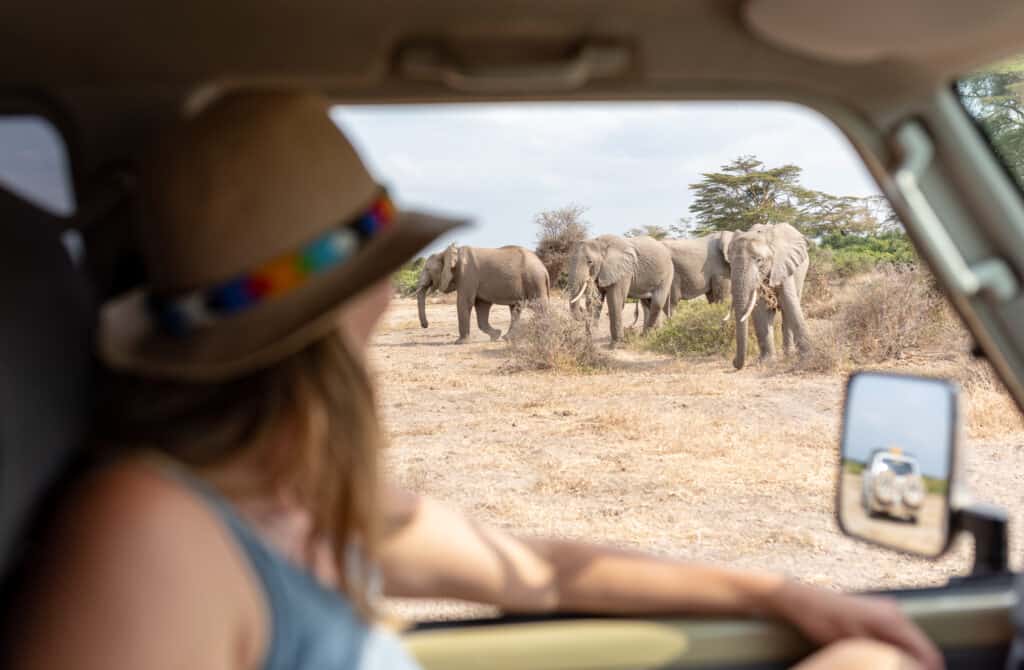
Weather and Seasons: What to Expect in East Africa
So, we’ve covered wet and dry seasons, but what else can you expect from the weather in East Africa? East Africa’s weather varies depending on the region, but in general, the climate is tropical, with temperatures averaging between 21°C to 29°C (70°F to 85°F) throughout the year.
However, don’t be fooled into thinking Africa is always hot. Higher elevations, such as those found in the Kenyan highlands, can experience cooler temperatures. When I lived in Lewa I would go on safari in the mornings and evenings with a woolly hat and down jacket and also have a shuka (blanket) wrapped around me.
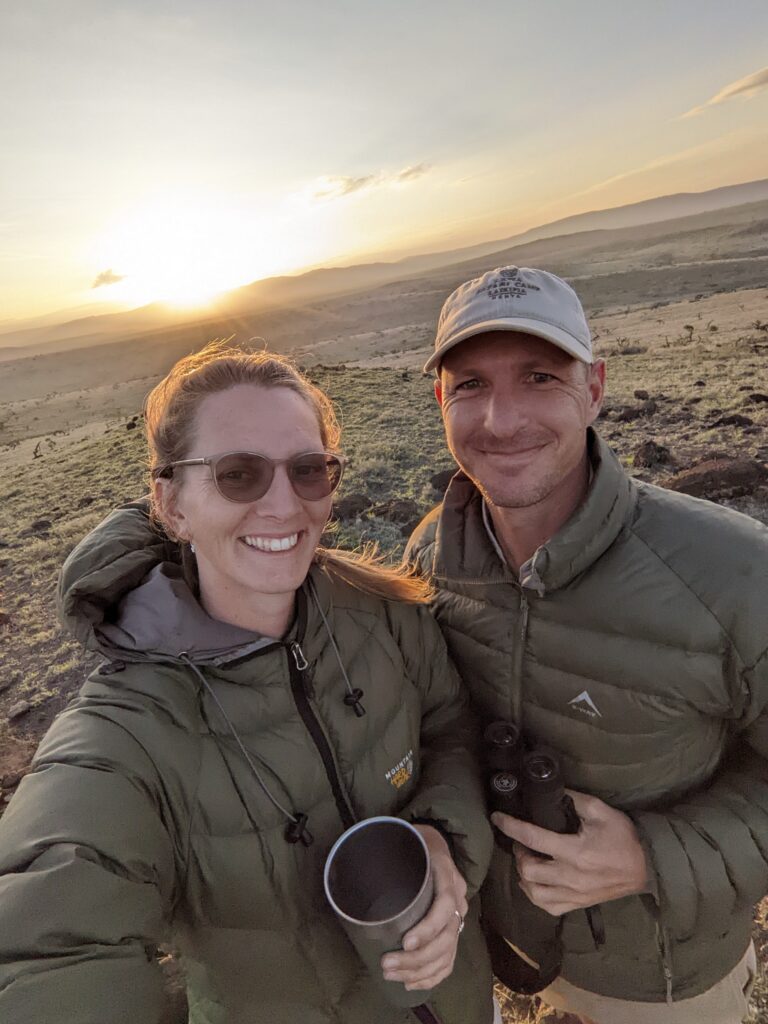
By the time the sun came out, it was warm and I would be down to shorts and a t-shirt.

The dry season typically brings sunny days and cooler nights, while the wet season sees short, intense bursts of rain, often in the afternoons.
Navigating Your Journey: How to Get to East Africa
Getting to East Africa is relatively straightforward, with major international airports in cities like Nairobi (Kenya), Kilimanjaro Airport (Tanzania), and Entebbe (Uganda). Many international airlines offer direct flights to these hubs from major cities around the world.
Once in East Africa, the quickest way to get around is by domestic flight or with your safari provider, who will drive you from lodge to lodge. Buses are not generally recommended, as they can be quite dangerous.
There are a few train options, but only with limited destinations. For example, there is a train from Arusha to Dar es Salaam and another from Dar Es Salaam to Kapiri Mposhi (Zambia) which runs twice weekly.
In Kenya, there is a twice-daily train from Nairobi to Mombasa which also stops at Voi, in Tsavo National Park. This is a cheap (but long) alternative to get to the coast. Once in Mombasa, you can get a taxi to Diani or Watamu or, of course, stay in Mombassa.
If you’re going to East Africa on a safari holiday, you will most likely get all the travel and transportation information from your safari provider. Most safaris include picking you up from the airport and dropping you at your first hotel (usually in the town, Arusha, Nairobi or Kigali) and then a guide picking you up to start your safari the next day.
Most safari companies use a long-wheelbase Land Cruiser with a pop-up roof. The vehicle seats 6 people in the back (everyone with a window seat) and can also hold one extra in the front seat at a push.
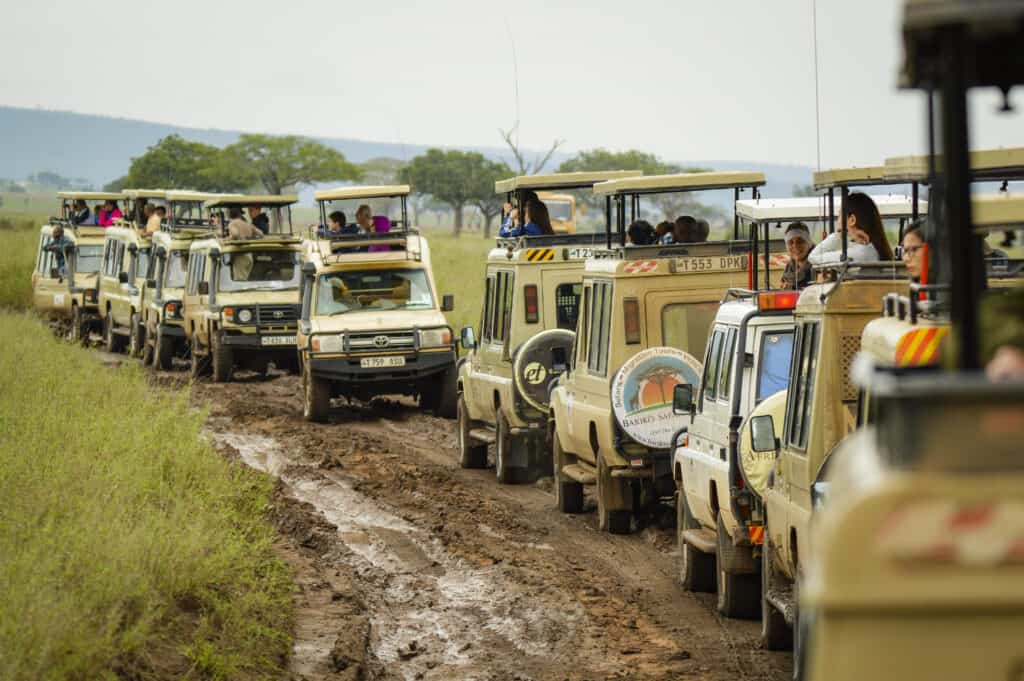
Itineraries typically include a step-by-step breakdown of each step of the trip, whether you will be driving, flying or even getting the train.
If part of your journey is with a domestic flight your plane will look something like this:

Or even this if you are on a chartered flight:
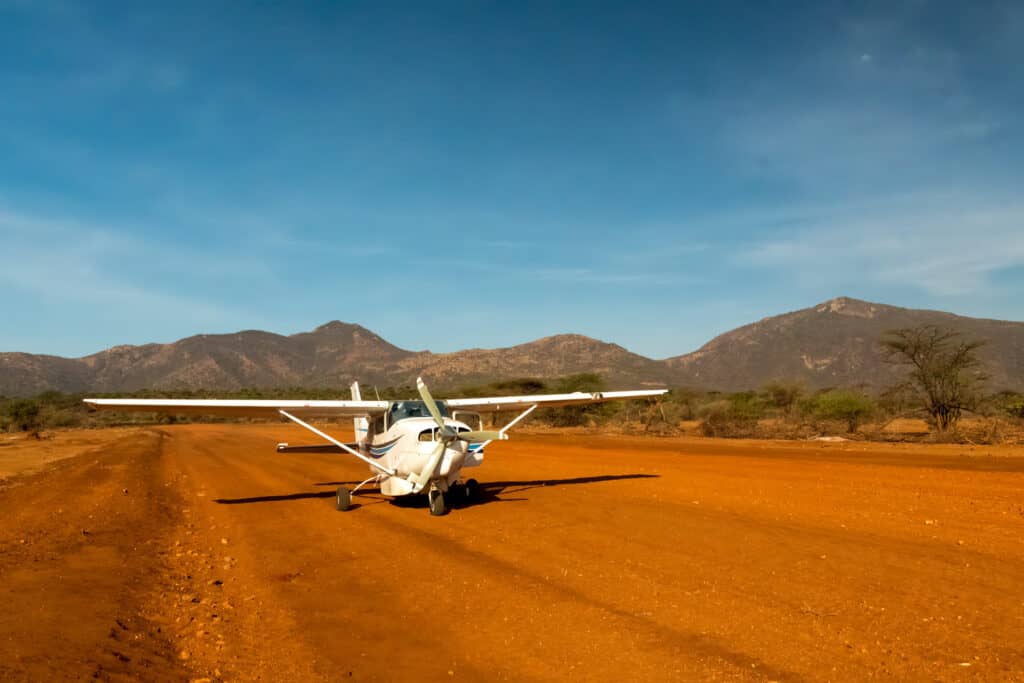
As a result, your luggage will be restricted to 15/20kg in a soft-sided luggage bag. Read the post What to pack for an African safari for recommendations on luggage.
Essential Documents for Your East African Adventure
Before jetting off to East Africa, ensure you have all the necessary documents in order. If you’re not well prepared, you may end up facing a lot of unnecessary issues.
The documents needed will depend on exactly where in East Africa you will be visiting; I highly recommend you get all this information from your safari provider, as they will know where you plan to go and what documents you will need for each place.
Most visitors will require a passport valid for at least six months beyond their intended departure date. Proof of any mandatory vaccinations is also necessary. Additionally, depending on your nationality and the specific countries you plan to visit, you may need a tourist visa. If you plan to get your visa upon arrival, you will need U.S. dollars to pay the visa fee. Bring the correct amount, in notes dated later than 2009, they will likely not have change.
If you are going to Tanzania, check out this article about How to apply for a Visa to Tanzania. It provides detailed information on visa requirements and application procedures.
For Kenya, there is no visa requirement anymore but you do need to apply for an ETA. Read this post for more information on how to apply for your eTA:
No visa for Kenya, how to apply for an eTA
Most people get their eTA within 3 business days.
Your eTA remains valid for more than one entry if:
- You visit one of the following EAC Partner States: Burundi, Democratic Republic of Congo, Rwanda, South Sudan, Tanzania and Uganda, AND;
- You don’t visit any other country, AND;
- Your eTA has not expired (90 days from issuance)
*This information is correct as of the time of writing but it’s worth checking prior to your trip to see if anything has changed.
Zanzibar
As of 1st October 2024 it is now compulsory for you to but travel insurance before you arrive on the island. The insurance has to be purchased from this website, the cost is $44.
Prioritise Safety: Tips for a Secure Journey
Safety is paramount when travelling, and East Africa is no exception. While the region boasts incredible natural beauty and warm hospitality, it’s essential to stay informed about local conditions and heed any travel advisories issued by your government.
Avoiding high-crime areas, safeguarding your belongings, and using reputable tour operators can all contribute to a safe and enjoyable journey. For a detailed guide on staying safe while on safari, check out Your Ultimate Guide to Safe Safari Planning in East Africa.
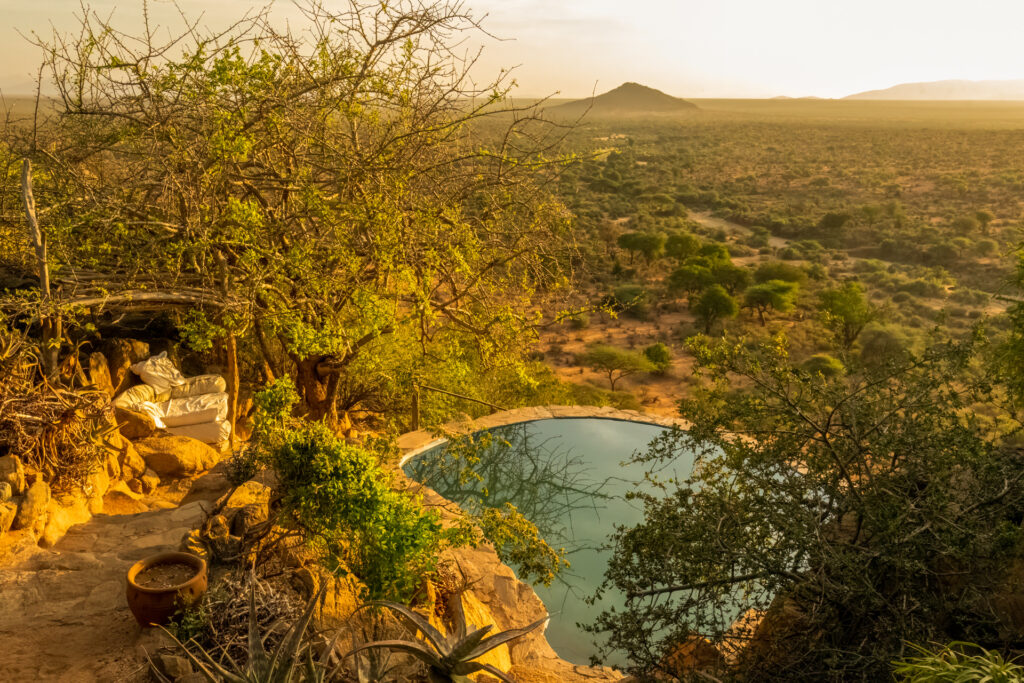
Safeguard Your Health: Essential Vaccinations for East Africa
Ensuring you’re up to date on vaccinations is a must for a safe and healthy trip to East Africa. Depending on your itinerary and personal health history, you may need vaccinations for diseases such as yellow fever, typhoid, hepatitis A and B, and meningitis.
Yellow fever is only required if you are travelling from a destination which is deemed as high risk for yellow fever. If your safari involves travelling from Tanzania to Kenya then you will require a yellow fever certificate, this will be checked at the border.
It’s recommended to consult with a healthcare professional or visit a travel clinic well in advance of your departure to receive personalised advice on which vaccinations are necessary. For more information on vaccinations needed for an East African safari, take a look at this article, Vaccinations Needed for a Safari in East Africa.
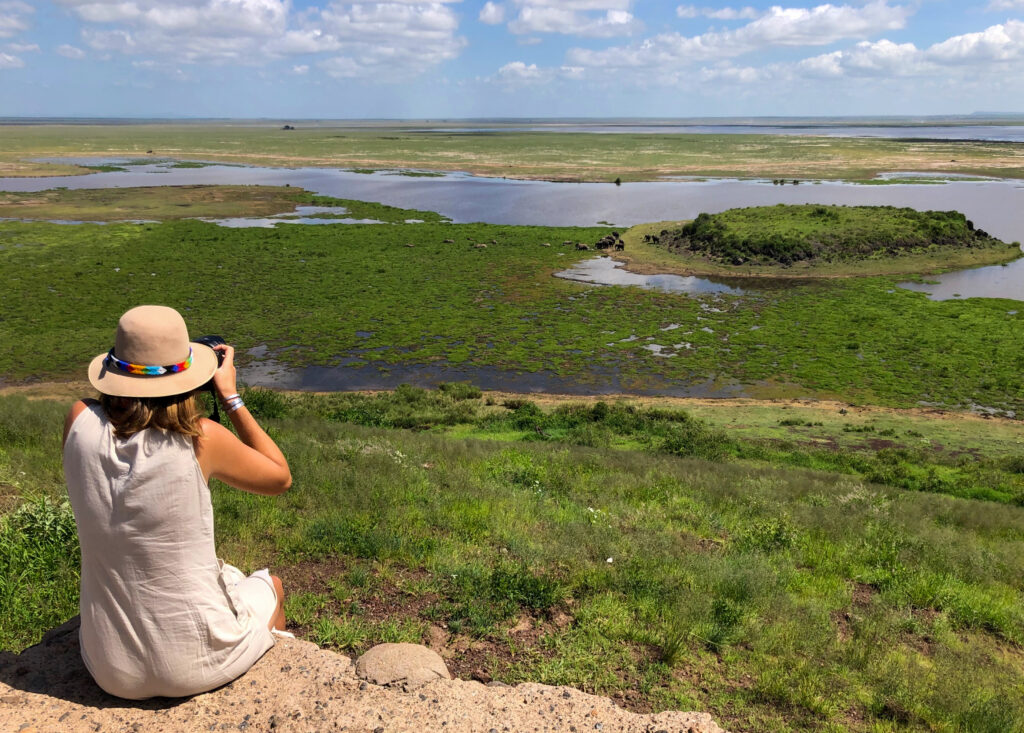
Explore East Africa Safaris
No visit to East Africa would be complete without embarking on a safari adventure. Witnessing the iconic Big Five in their natural habitat, traversing the vast plains of the Maasai Mara, and encountering the vibrant cultures of the region are just a few highlights of an East African safari. If you’re wondering what to expect on a typical day of safari or need tips on packing for your adventure, be sure to check out the following resources:
Ready to start planning your East African Safari?
Fill out a form or book a call, and let’s get planning…
Book a free safari planning call
Fill out a form for a free custom safari itinerary
Not ready yet? No problem…
But don’t leave empty-handed
As a free gift to you …
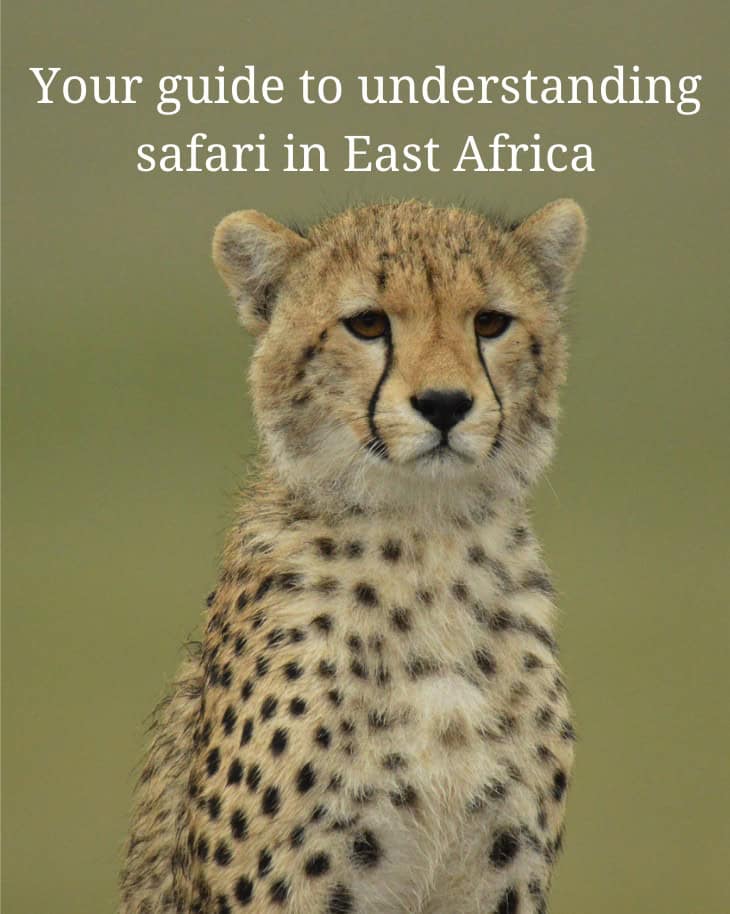
Download my free E-book
With all you need to know when considering planning a safari in East Africa.
